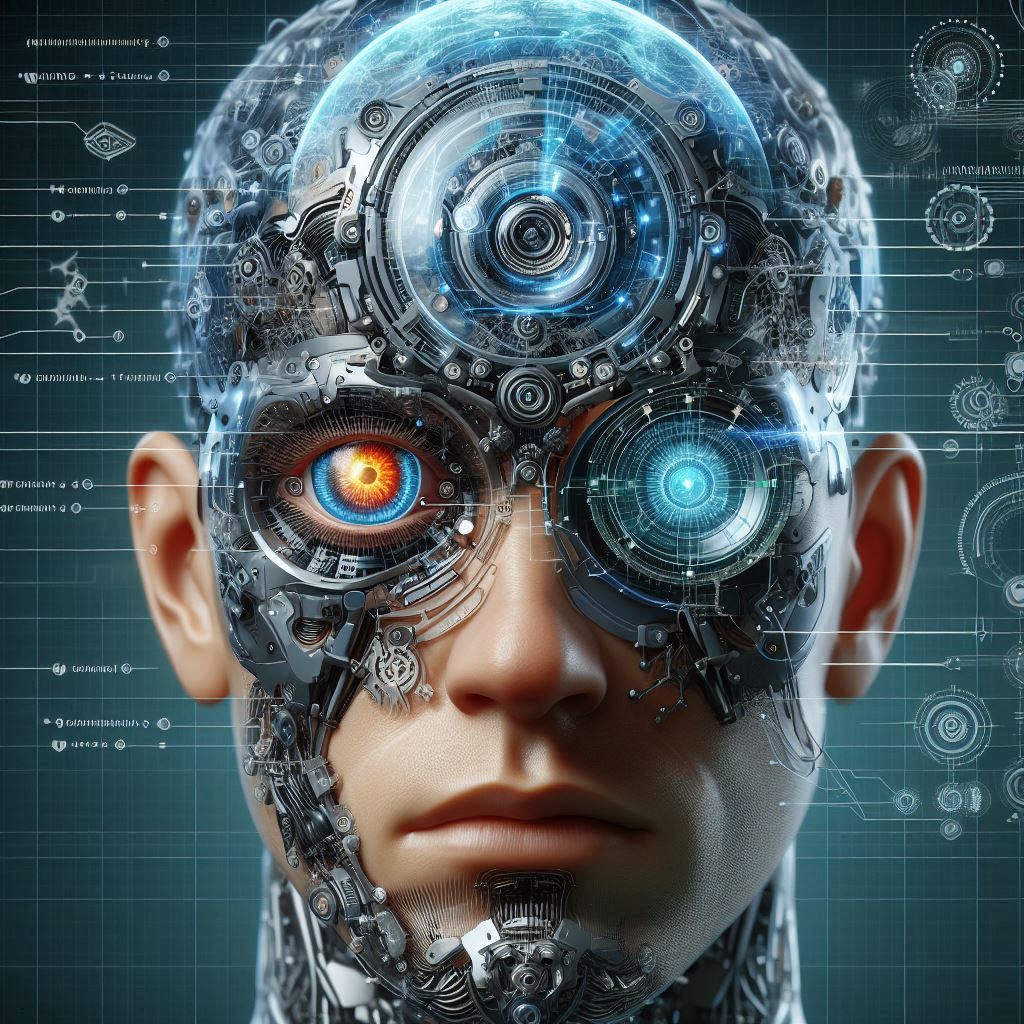Bionic Eye
How Artificial Vision Technology Is Transforming Lives in 2025
In a world where medical technology continues to push boundaries, artificial vision systems are giving new hope to people with severe vision impairments. The concept of bionic eyes—once confined to science fiction—has evolved into a tangible reality that’s changing lives around the globe.
What Exactly Is a Bionic Eye?
A bionic eye is an advanced visual prosthesis designed to restore partial vision in individuals with severe retinal diseases or complete blindness. Unlike conventional vision aids, these devices don’t simply magnify existing vision—they create entirely new visual pathways using electrical stimulation and cutting-edge processing systems.
Modern bionic eye systems typically consist of three core components:
- A camera or image capture device (often mounted on glasses)
- A processing unit that converts visual information into electrical signals
- An implanted electrode array that stimulates remaining retinal cells or directly interfaces with the optic nerve
The Current State of Bionic Eye Technology
The field of artificial vision has seen remarkable advancement in recent years. The Argus II Retinal Prosthesis System was a pioneer in this space, allowing users to distinguish light patterns and basic shapes. However, newer systems have dramatically improved resolution and usability.
Today’s most advanced bionic eye systems can help users:
- Recognize the outline and general shape of objects
- Distinguish between light and dark environments
- Navigate familiar spaces with greater confidence
- Identify some text and signage with practice
How Bionic Eyes Work: The Science Behind Artificial Vision
Modern bionic eyes function through a fascinating blend of biomedical engineering, computer science, and neurology. Here’s a simplified breakdown of how these systems operate:
- Image Capture: A miniature camera captures visual information from the environment
- Signal Processing: Advanced algorithms transform these images into patterns of electrical impulses
- Neural Stimulation: These signals are transmitted to implanted electrodes
- Visual Perception: The brain learns to interpret these signals as visual information
The Prima System, developed by Pixium Vision, represents one of the most promising approaches. It uses a photovoltaic implant that converts light into electrical signals, stimulating retinal cells without requiring an external power source.

Comparing Current Bionic Eye Systems
| System | Developer | Electrode Count | Visual Resolution | Target Condition |
|---|---|---|---|---|
| Orion Visual Cortical Prosthesis | Second Sight | 60 | Basic light/shape perception | Complete blindness |
| Prima System | Pixium Vision | 378 | Improved pattern recognition | Dry AMD |
| Gennaris Bionic Vision System | Monash University | 172 per tile | Multiple tiles for expanded vision | Various causes of blindness |
Who Can Benefit from Bionic Eye Technology?
Current bionic eye systems primarily target individuals with specific conditions:
- Retinitis Pigmentosa: A genetic disorder that causes progressive photoreceptor degeneration
- Age-Related Macular Degeneration: Particularly in advanced “dry” forms where photoreceptors die
- Certain types of optic nerve damage: Where some neural pathways remain viable
It’s worth noting that bionic eyes aren’t yet suitable for all forms of blindness. Conditions affecting the visual cortex or those where the entire visual pathway has degenerated may require different approaches.
The User Experience: Living with a Bionic Eye
What’s it actually like to see through a bionic eye? Users report a visual experience quite different from natural vision. Many describe seeing patterns of light points (phosphenes) that form recognizable shapes with training and practice.
“At first, everything looked like flashing stars,” explains Michael, a bionic eye recipient. “But after several months of rehabilitation, I could distinguish doorways, furniture, and even recognize some faces by their outline. It’s not perfect vision, but it’s given me back a sense of visual connection to the world.”
Challenges and Limitations
While bionic eye technology represents a remarkable achievement, several challenges remain:
- Resolution Limitations: Current systems provide relatively low-resolution vision
- Training Requirements: Users need extensive rehabilitation to interpret visual signals
- Surgical Complexity: Implantation procedures carry risks and require specialized expertise
- Cost Barriers: Most systems cost between $100,000-$150,000, limiting accessibility
The Future of Bionic Vision
Research labs worldwide are working to overcome current limitations. Several promising developments are on the horizon:
- Higher Electrode Density: Next-generation implants may feature thousands of electrodes rather than hundreds
- Wireless Power Transfer: Eliminating bulky external components
- Advanced Signal Processing: AI-enhanced algorithms that deliver more meaningful visual information
- Direct Brain Interfaces: Bypassing damaged visual pathways entirely
The Cortical Visual Prosthesis, being developed by multiple research teams, represents one of the most ambitious approaches—directly interfacing with the visual cortex to restore sight even when the eyes and optic nerves are completely non-functional.
Beyond Medical Applications
While restoring vision is the primary goal, bionic eye technology has implications beyond medicine:
- Enhanced Vision: Future systems might augment normal vision with infrared or ultraviolet perception
- Brain-Computer Interfaces: Visual prosthetics research is advancing broader neurotech applications
- Robotics and AI: Algorithms developed for bionic eyes improve machine vision systems
The Human Impact
Beyond the technical specifications, what matters most is how this technology changes lives. For people who have lived in darkness, even partial vision restoration represents a profound transformation.
“Being able to see my grandson’s silhouette when he runs toward me—that’s something I never thought I’d experience again,” says Elena, who received a bionic eye implant in 2023. “It’s not just about the technology; it’s about reconnecting with the visual world.”
Looking Ahead
As we look toward the future of bionic eye technology, one thing is clear: we’re just at the beginning of this journey. The convergence of miniaturized electronics, advanced materials science, and deeper understanding of neural processing is opening new possibilities for artificial vision.
For those living with vision loss, these developments offer not just hope but tangible improvements in quality of life. While perfect vision restoration remains a distant goal, each advancement brings us closer to a world where blindness may become an increasingly manageable condition.

Conclusion
The bionic eye represents one of humanity’s most remarkable technological achievements—the creation of artificial vision. While current systems remain limited compared to natural sight, they demonstrate our capacity to engineer solutions to even the most complex biological challenges.
For those with severe vision impairment, these devices offer more than just visual perception—they provide increased independence, safety, and connection to the visual world. As research continues and technology advances, the future of artificial vision looks increasingly bright.

